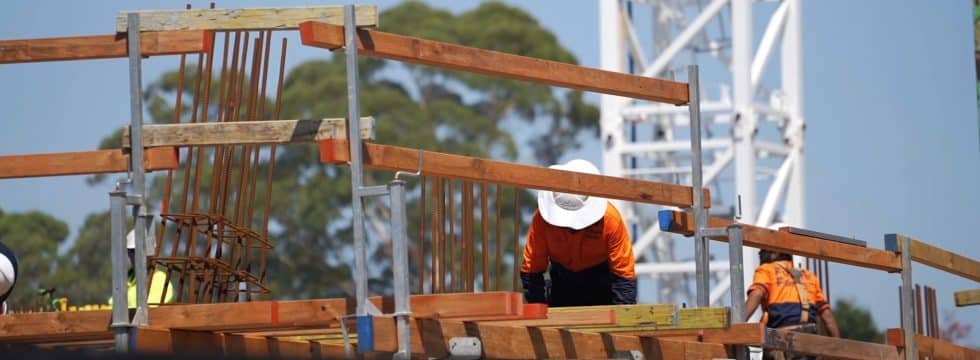Nov . 11, 2024 18:14 Back to list
plastic formwork
The Revolution of Construction Embracing Plastic Formwork
In the ever-evolving landscape of construction, the innovations that emerge often promise to enhance efficiency, sustainability, and quality. One such advancement that is gaining traction in recent years is plastic formwork. This novel approach is transforming traditional construction practices, offering a viable alternative to conventional wood and metal forms.
Plastic formwork systems are designed to mold concrete into various shapes and structures with unparalleled ease and flexibility. Unlike their wooden counterparts, which can warp, absorb moisture, and degrade over time, plastic formwork is highly durable and resistant to environmental factors. This durability not only extends the life of the formwork itself but also ensures a cleaner, more precise finish on the concrete surfaces, resulting in fewer defects and the need for less post-construction repair.
One of the most significant advantages of plastic formwork is its weight. Traditional formwork systems, particularly those made from steel, can be cumbersome and strenuous to handle, requiring significant labor and time to install and dismantle. In contrast, plastic formwork is lightweight, making it easier to transport, assemble, and disassemble. This convenience translates to reduced labor costs and faster project completion times, an essential factor in today’s competitive construction environment.
Another critical benefit of plastic formwork lies in its reusability. While wooden formwork can only be used a limited number of times before it deteriorates, high-quality plastic formwork can be reused many times without compromising structural integrity. This not only results in cost savings for construction companies but also aligns with sustainable building practices, reducing waste and conserving resources. With a growing emphasis on eco-friendly construction, plastic formwork is an attractive option for builders aiming to minimize their environmental footprint.
plastic formwork

Moreover, the versatility of plastic formwork opens up a world of possibilities for architects and builders. It can be easily customized to create unique shapes and designs that might be challenging with traditional materials. As the architectural landscape becomes more innovative, the need for flexible and adaptable construction materials will only increase. Plastic formwork can accommodate these demands, allowing for more creative freedom while ensuring that structural integrity is maintained.
The ease of cleaning and maintenance is also a significant advantage. Unlike wood forms that may retain moisture, stains, or odors, plastic formwork can be easily cleaned after use, making it ready for the next project. This ease of maintenance ensures that construction companies can maximize their investment in formwork systems, contributing to overall cost-effectiveness.
However, as with any technology, there are challenges to consider. The initial investment in plastic formwork can be higher than that of traditional materials, which may deter some contractors from making the switch. Additionally, the availability of skilled labor familiar with the handling and installation of these systems can pose a challenge in certain regions. Nonetheless, as more companies experience the benefits firsthand, it is likely that adoption rates will increase.
In conclusion, plastic formwork represents a significant advancement in construction technology, addressing many of the inefficiencies and limitations associated with traditional formwork options. Its benefits—durability, lightweight nature, reusability, versatility, and ease of maintenance—position it as a forward-thinking solution in a sector that is increasingly focused on sustainability and efficiency. As the construction industry continues to evolve, embracing innovations like plastic formwork will be essential for builders aiming to stay competitive and contribute positively to the environment. The future of constructing robust and sustainable structures is bright with the continued integration of plastic formwork into modern building practices.
-
High-Quality U Head Jack Scaffolding – Reliable Scaffolding Jack Head Manufacturer & Factory
NewsJul.08,2025
-
High-Quality I Beam H20 Leading Timber Beam H20 Material Factory, Exporters & Manufacturers
NewsJul.08,2025
-
High-Quality Powder Coating Steel Formwork - Durable & Corrosion Resistant Solutions
NewsJul.07,2025
-
Inclined Column Formwork Supplier – Durable & Precise Solutions for Unique Structures
NewsJul.07,2025
-
High-Quality Water Stop Solutions Trusted Water Stop Company & Suppliers
NewsJul.07,2025
-
High-Quality Formwork Material Supplier Reliable Manufacturer & Factory Solutions
NewsJul.06,2025